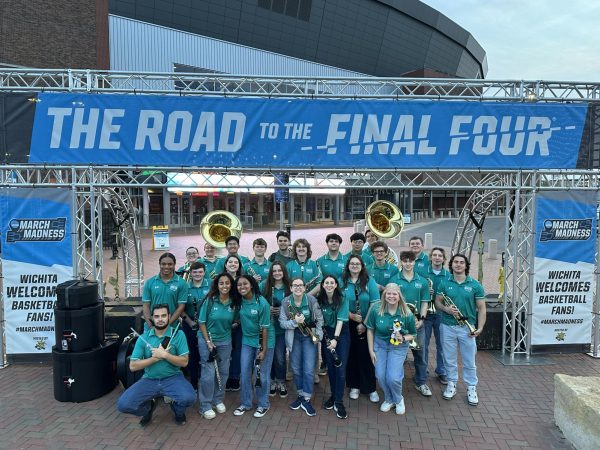Presentation shows Holocaust in a different light
On Nov. 13, the Wilmington community and UNCW will have a chance to look at the Holocaust through a new set of eyes; Soviet Jewish eyes, to be exact.
Dr. David Shneer will be giving his presentation “Through Soviet Jewish Eyes: Photography, War, and the Holocaust,” in which he shows pictures taken during the Holocaust by Soviet Jews that he stumbled upon during a trip to Russia. The pictures show the liberation in a way that has not been seen before.
“They transform how we understand the very idea of liberation, which is often pictured as Holocaust survivors wearing the striped prisoner uniform celebrating the arrival of liberating troops,” said Shneer. “In Soviet Holocaust liberation photography, the photojournalists often capture empty fields, silent ravines, and haunted forests, which were the killing grounds in the so-called ‘Holocaust by bullets.'”
Professor of Jewish history Jarrod Tanny, who organized the event and holds the Charles and Hannah Chair in Jewish History, said that the pictures show liberated camps American armies never saw.
Discovering these pictures was a shocking experience for Shneer, and presented some challenges.
“For me, one of the most important questions about presenting these images is ethical—what am I, a researcher and writer, doing by using the horrible, yet beautiful, photographs of other peoples’ tragedies, to teach and educate?” said Shneer. “Am I doing more violence to those, whose deaths we see in some of these pictures?”
Ultimately, Shneer asked himself what he can do with the pictures to educate society. “How can I help an audience move beyond the obvious emotional response anyone has to Holocaust photography and ask what do we learn from these photographs?” said Shneer.
Another thing Shneer found shocking was the beauty of the photographs, something that scholar Brett Kaplan called unwanted beauty.
“The fact that these photographers were good artists, and not just documentarians, comes through in nearly every photograph,” said Shneer.
In the years before the World War II, Jews in the Soviet were able to thrive. Although the Soviet Union was an atheist state, they invested in Jewish culture.
“To be Jewish is not just a religion,” said Tanny.
In fact, only a small number of Soviet Jews practiced their religion. “Many of those (that did were) in Central Asia or smaller towns,” said Shneer. Being Jewish in the Soviet Union became an ethnicity.
“Their deep Jewish identity came through socialization, culture, and a sense of difference from those around them,” said Shneer.
Considering Wilmington has the oldest synagogue in North Carolina, Shneer’s presentation is not only relevant to students interested in learning more about the Holocaust or taking Jewish history classes, but also Wilmington itself.
“Wilmington has a vibrant Jewish community,” said Tanny. His position is actually an endowed chair that was created because of the strong and active community. Showing these pictures will show a different side of what is commonly thought about the Holocaust.
“We have to realize to look at the Holocaust we have to look at different things, different stories,” said Tanny. Last year, Tanny brought a scholar who spoke on the hunt for Nazi war criminals.
“Through Soviet Jewish Eyes: War, Photography and the Holocaust” will be held in Kenan Hall Room 111 and is free to students and the public. The pictures can also be found in Shneer’s book by the same name.







